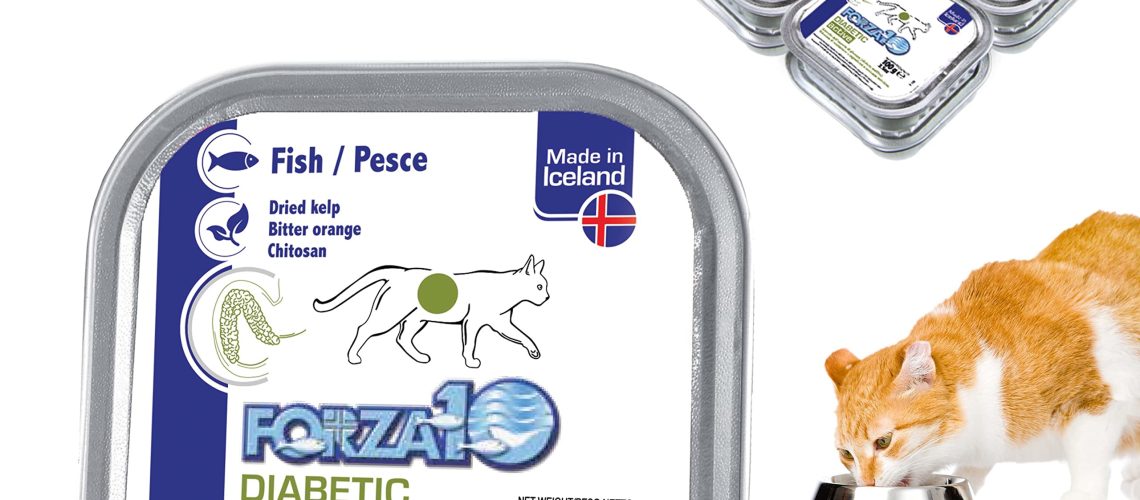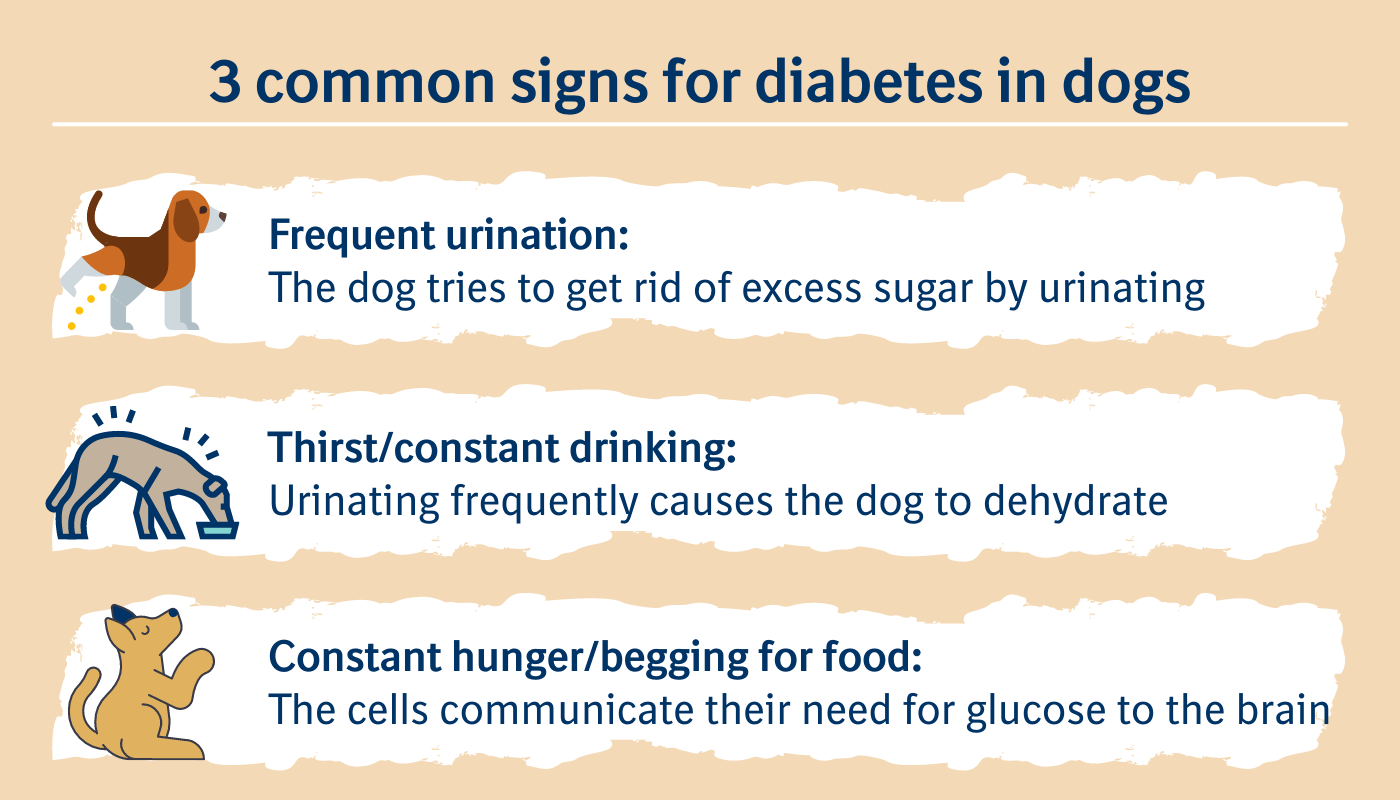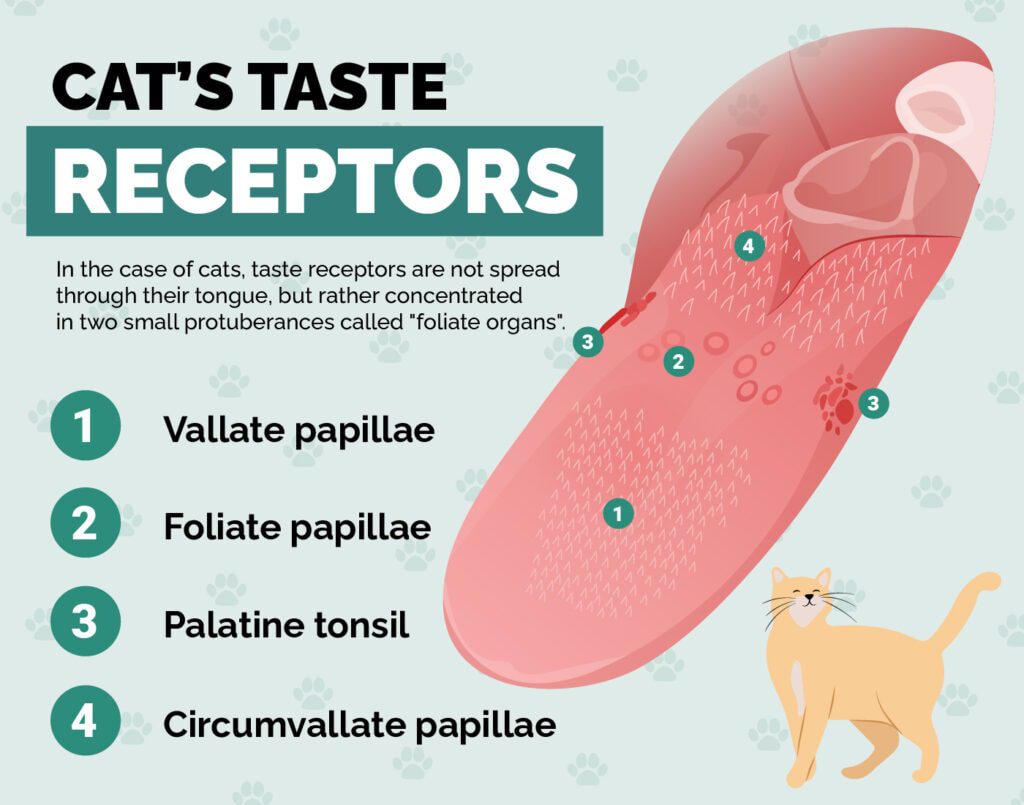Are you a cat owner who wants to ensure your furry friend stays healthy and happy? If so, understanding the importance of choosing the right food for your diabetic cat is essential. By delving into the world of diabetic cat foods and feeding tips, you can provide your feline companion with the best nutrition possible. With over 1 in 400 cats being diagnosed with diabetes, it's crucial to make informed choices that can improve their quality of life. In this article, we will explore the top diabetic cat foods and share valuable feeding tips that will help your beloved pet thrive. So let's dive in and discover how you can make healthy choices for your diabetic cat!
Key Takeaways:
- Choosing the right diabetic cat food is crucial for managing your cat's condition and maintaining their overall health.
- Look for cat foods that are low in carbohydrates and high in protein, as this can help regulate blood sugar levels in diabetic cats.
- Avoid cat foods with added sugars or artificial ingredients, as these can disrupt your cat's blood sugar control.
- Feeding small, frequent meals throughout the day can help stabilize your cat's blood sugar levels and prevent spikes or drops.
- Consult with your veterinarian to determine the best feeding schedule and portion sizes for your diabetic cat based on their specific needs and condition.
The Importance of Choosing the Right Food for a Diabetic Cat
Choosing the right food for your diabetic cat is crucial for their overall health and well-being. Just like humans, cats with diabetes need a special diet to help manage their condition. The right food can help regulate their blood sugar levels and prevent complications associated with diabetes.
Feeding your diabetic cat the wrong type of food can lead to spikes in their blood sugar levels, which can be harmful to their organs and overall health. It's important to consult with your veterinarian to determine the best diet plan for your cat's specific needs. They may recommend a prescription diet or a specialized commercial cat food that is low in carbohydrates and high in protein.
Benefits of choosing the right food:
- Stabilizes blood sugar levels
- Maintains a healthy weight
- Reduces the risk of complications
- Promotes overall well-being
Remember:
Always consult with your veterinarian before making any changes to your cat's diet. They will be able to provide you with personalized recommendations based on your cat's individual needs.
Signs That Indicate a Cat Might Have Diabetes
If you notice certain signs in your cat, it could be an indication that they have diabetes. Early detection is important for managing the condition effectively. Look out for these common signs:
- Frequent urination: If you find yourself cleaning the litter box more often than usual, it could be because your cat is urinating more frequently due to diabetes.
- Increased thirst: Cats with diabetes often feel thirsty all the time as their bodies try to flush out excess sugar.
- Weight loss: Despite having a good appetite, diabetic cats may experience weight loss. This happens because their bodies are unable to properly use the energy from food.
- Lethargy: If your cat seems unusually tired or less active than usual, it could be a sign of diabetes. High blood sugar levels can make them feel weak and lethargic.
If you notice any of these signs in your cat, it's important to schedule a visit with your veterinarian for a proper diagnosis. Early detection and treatment can greatly improve your cat's quality of life.
The Need for Specialized Foods for Diabetic Cats
Diabetic cats require specialized foods to help manage their condition effectively. These foods are specifically formulated to regulate blood sugar levels and provide the necessary nutrients for overall health. Here's why specialized foods are important:
- Low carbohydrate content: Diabetic cats benefit from diets that are low in carbohydrates as they have difficulty processing sugars. Specialized foods contain controlled amounts of carbohydrates to prevent spikes in blood sugar levels.
- High protein content: Protein is an essential component of a cat's diet, especially for diabetic cats. Specialized foods often have higher protein content to support muscle maintenance and prevent muscle loss.
- Incorporation of dietary fibers: Some specialized diabetic cat foods include added dietary fibers like soluble fibers that can help slow down the digestion and absorption of sugars, promoting better blood sugar control.
It's important to consult with your veterinarian before switching your cat to a specialized diabetic diet. They will guide you on the best options available and help you choose the most suitable food for your cat's specific needs.
Key Ingredients to Look for in Diabetic Cat Foods
When selecting a diabetic cat food, it's important to look for key ingredients that support your cat's health and help manage their diabetes. Here are some important ingredients to consider:
- High-quality protein: Look for foods that list high-quality protein sources like chicken or fish as the main ingredient. Protein is essential for muscle maintenance and overall health.
- Low carbohydrate content: Diabetic cats benefit from diets low in carbohydrates. Look for foods that have controlled amounts of carbohydrates and avoid those with added sugars or grains.
- Dietary fibers: Some specialized diabetic cat foods include added dietary fibers like soluble fibers, which can help regulate blood sugar levels by slowing down digestion and absorption of sugars.
- Adequate fat content: Cats require a certain amount of healthy fats in their diet. Look for foods that contain moderate levels of healthy fats like omega-3 fatty acids.
- Vitamins and minerals: Ensure the food provides essential vitamins and minerals to support your cat's overall health and well-being.
Always consult with your veterinarian before making any changes to your cat's diet. They can provide specific recommendations based on your cat's individual needs and health condition.
Feeding Schedule and Portion Sizes for Diabetic Cats
The feeding schedule and portion sizes play an important role in managing diabetes in cats. Consistency is key when it comes to feeding diabetic cats. Here are some general guidelines:
Feeding schedule:
Divide your cat's daily food intake into multiple small meals throughout the day rather than feeding one large meal. This helps prevent spikes in blood sugar levels. Aim for at least two to three meals per day, spaced evenly apart.
Portion sizes:
The portion size for your cat will depend on their individual needs, activity level, and weight. Your veterinarian can provide specific recommendations based on your cat's condition. It's important to measure the food accurately to avoid overfeeding or underfeeding.
Remember to monitor your cat's weight and adjust portion sizes accordingly. If you have any concerns about feeding or portion sizes, consult with your veterinarian for personalized guidance.
Tips and Techniques to Manage Diabetes in Cats through Feeding
1. Consistent Meal Times:
Feeding your diabetic cat at the same times every day can help regulate their blood sugar levels. This means establishing a routine and sticking to it. Aim for two to three meals per day, evenly spaced throughout the day.
2. Portion Control:
Controlling portion sizes is crucial for managing diabetes in cats. Measure out the appropriate amount of food recommended by your veterinarian and avoid free-feeding. This ensures that your cat receives consistent amounts of carbohydrates, proteins, and fats with each meal.
3. High-Quality Low-Carbohydrate Diet:
Cats with diabetes benefit from a low-carbohydrate diet that is high in protein and moderate in fat. Consult with your veterinarian to find commercially available cat foods specifically designed for diabetic cats. These foods are formulated to help regulate blood sugar levels and promote overall health.
4. Slow Transition:
When switching your cat's diet, do it gradually over a week or two to avoid digestive upset. Mix increasing amounts of the new food with decreasing amounts of the old food until you have completely transitioned them onto the new diet.
5. Avoid Treats High in Carbohydrates:
While occasional treats are fine, it's important to choose ones that are low in carbohydrates or specially formulated for diabetic cats. Many commercial treats contain high levels of sugars or grains, which can disrupt blood sugar control.
Remember, always consult with your veterinarian before making any significant changes to your cat's diet or feeding routine.
Recommended Commercially Available Diabetic Cat Foods by Veterinarians
1. Royal Canin Veterinary Diet Diabetic Dry Cat Food:
This specialized cat food is formulated to help manage blood sugar levels in diabetic cats. It contains a precise blend of low-glycemic carbohydrates, high-quality proteins, and essential nutrients to support overall health.
2. Hill's Prescription Diet m/d Glucose/Weight Management Dry Cat Food:
Recommended by veterinarians, this cat food is designed to support weight management and regulate blood sugar levels in diabetic cats. It has a controlled level of carbohydrates and increased levels of fiber to promote satiety.
3. Purina Pro Plan Veterinary Diets DM Dietetic Management Formula Dry Cat Food:
This veterinary diet is specifically formulated for diabetic cats. It contains low levels of carbohydrates and high levels of protein to help maintain lean body mass while managing blood sugar levels.
Remember, always consult with your veterinarian before starting any new cat food or making changes to your cat's diet.
Lifestyle Changes and Considerations to Support a Diabetic Cat's Health
1. Regular Exercise:
Encourage your diabetic cat to engage in regular exercise to help maintain a healthy weight and improve insulin sensitivity. Play interactive games with toys or use puzzle feeders to keep them active and mentally stimulated.
2. Stress Reduction:
Stress can affect blood sugar levels in cats, so it's important to create a calm and stress-free environment for your furry friend. Provide hiding spots, vertical spaces, and quiet areas where they can retreat when feeling overwhelmed.
3. Monitoring Blood Glucose Levels:
Regular monitoring of your cat's blood glucose levels is crucial for managing diabetes effectively. Your veterinarian may recommend at-home testing kits that allow you to monitor their glucose levels easily.
4. Medication Administration:
If prescribed by your veterinarian, ensure that you administer any medications or insulin injections as directed. Follow the recommended schedule and dosage to maintain proper blood sugar control.
By implementing these tips, choosing the right cat food, and making necessary lifestyle changes, you can effectively manage your diabetic cat's health and provide them with a happy and fulfilling life. Always consult with your veterinarian for personalized advice tailored to your cat's specific needs.
In conclusion, it is important to choose the right food for diabetic cats to help manage their condition. Look for cat foods that are low in carbohydrates and high in protein. Remember to consult with your veterinarian for specific feeding recommendations for your diabetic cat.
What is the best food to feed a diabetic cat?
If your cat is overweight or has diabetes and only eats dry food, Dr. Craig suggests feeding them EVO Herring and Salmon Dry food (preferred) or EVO Turkey and Chicken Cat and Kitten food. These diets have approximately 50% protein and 10% carbohydrates.
Is there a special cat food for diabetic cats?
Forza10 Wet Diabetic Cat Food is a canned cat food designed to support and control diabetes in adult cats. It comes in a fish flavor and each case contains 12 cans, each weighing 3.5 ounces.
Which Fancy Feast is best for diabetic cat?
When choosing Fancy Feast cat food, it's recommended to opt for chunky, classic, flaked, and roasted varieties. It's best to avoid options like gravy lovers, marinated, medleys, and sliced varieties, as they tend to have higher levels of carbohydrates.
Is grain-free dry cat food good for diabetic cats?
Even dry food that is claimed to be high quality and grain-free still has an excessive amount of carbohydrates and a insufficient amount of protein for cats. By exclusively feeding cats canned, freeze-dried, or raw diets, the risk of them developing insulin-dependent diabetes can be completely eliminated.
What not to feed a diabetic cat?
It is not recommended to feed diabetic cats human foods and treats that are high in carbohydrates and sugars. This includes items such as bread, pasta, and sugary treats. Although certain types of dry food may be appropriate for diabetic cats, many brands contain high levels of carbohydrates and can lead to spikes in blood sugar levels.
Is wet or dry food better for diabetic cats?
Contrary to popular belief, dry cat food is not as unhealthy as it is often portrayed. However, it does have higher levels of carbohydrates, specifically starch and grain. Wet cat food is generally considered a better choice because it contains more moisture, fewer carbohydrates, and typically higher levels of protein compared to dry versions.

















